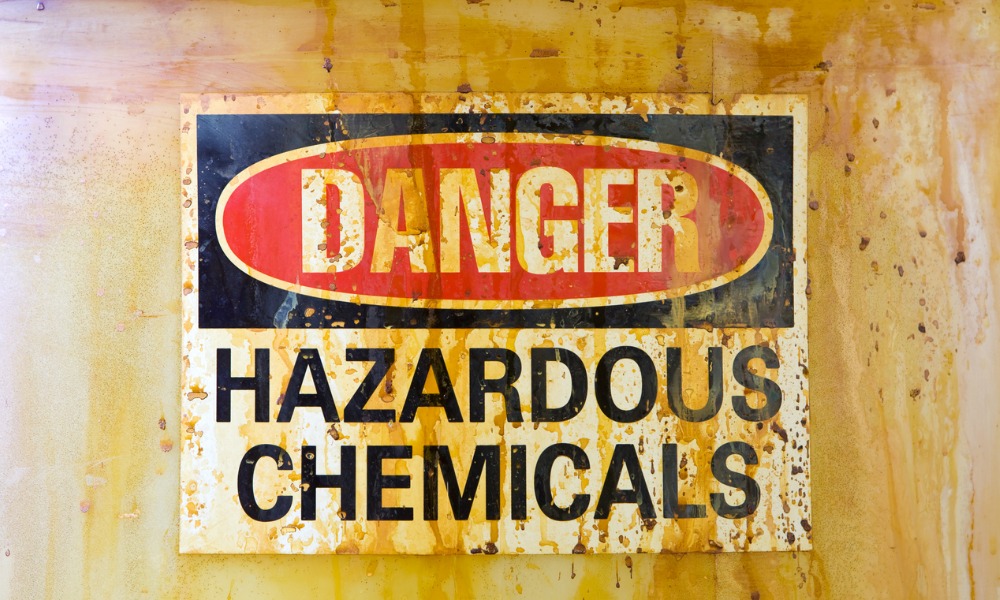Several other changes came into effect on Jan. 1

Effective July 1, Ontario is adopting changes to its occupational exposure limits (OEL) or listings for 36 chemical substances based on recommendations by the American Conference of Governmental Industrial Hygienists (ACGIH).
The changes include the addition of listings for boron trichloride, calcium silicate (naturally occurring as wollastonite), hard metals (containing cobalt and tungsten carbide), simazine, acetamide, cadusafos and folpet, and the removal of listing and OEL for calcium silicate (synthetic nonfibrous).
The changes also include revisions to exposure limits or listings for 19 substances currently regulated, such as boron tribromide, furfuryl alcohol and tungsten, and the addition or removal of notations for nine substances, such as acetylene, butane (all isomers) and hydrogen.
On Jan. 1, the province changed the periodical medical examination on asbestos workers from two to five years; replaced the nine separate medical surveillance codes with one single consolidated and updated code; and replaced the 16 separate codes for respiratory equipment and measuring airborne substances with new, updated and consolidated respiratory protection and measuring provisions.
Ontario also permitted businesses to use the “Quebec model” for calculating exposures to hazardous substances for irregular work shifts and add substitution — or substituting hazardous substances with those that are less hazardous — to the hierarchy of controls.





